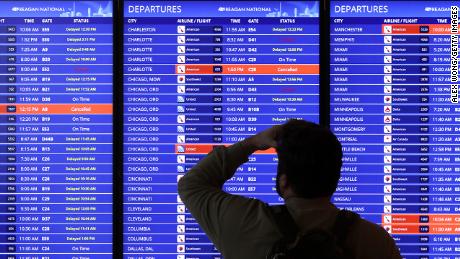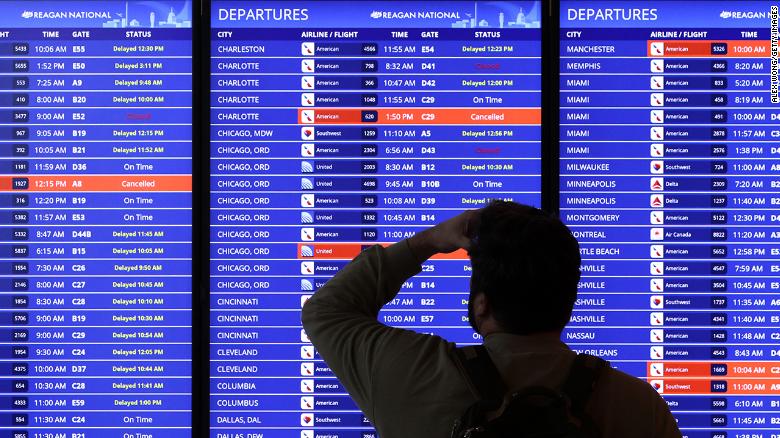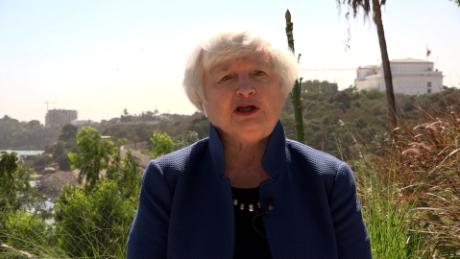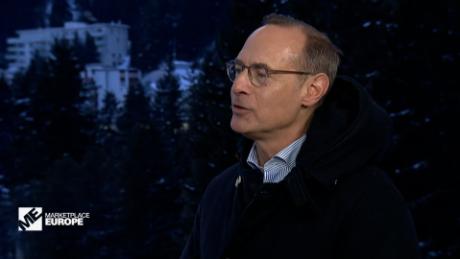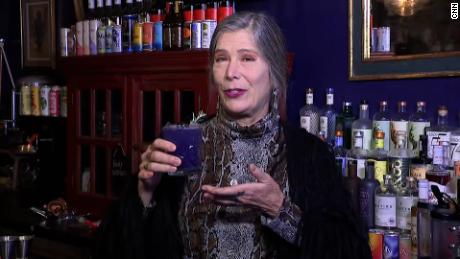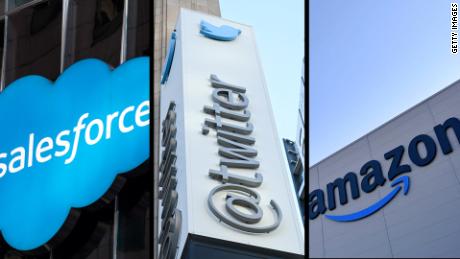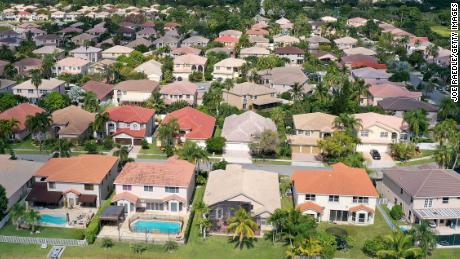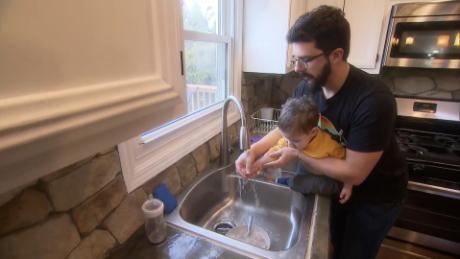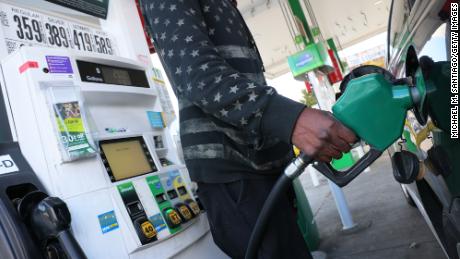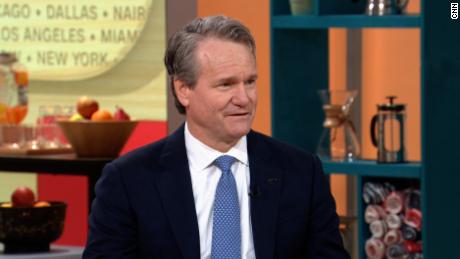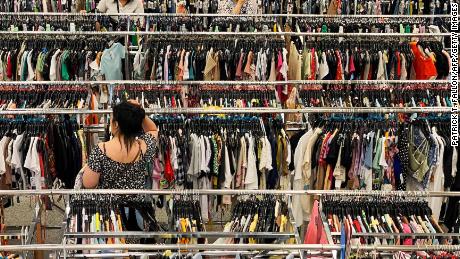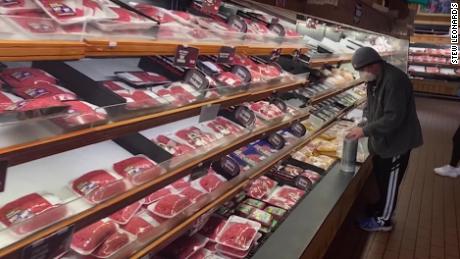Dana M. Peterson is an executive vice president and chief economist at The Conference Board. The opinions expressed in this commentary are her own.
Inflation now tops the list of complaints among US consumers. Prices for everything, from necessities like food, energy and shelter, to luxury goods like autos and vacations, continue to climb. Amid this worsening challenge, Americans are looking for some relief.
In November, the consumer price index (CPI), a key measure of inflation, climbed to 6.8% year-over-year, and the core CPI, which excludes food and energy, rose to 4.9% year-over-year. These rates are the fastest we've seen in 39 years. Prices for food at home were up 6.4% year-over-year, and the cost of energy, which includes gasoline and electricity, was 33% above a year ago. Rents, which were depressed during the worst of the pandemic as homeownership surged and young people hunkered down with family, continued to normalize, rising 3% compared to a year ago.
Now, all eyes are on the Federal Reserve's next move. While achieving full employment and price stability are both part of the Fed's dual mandate, it should probably be more worried about these higher prices. Incoming labor market data suggest that the economy has achieved or will soon reach full employment, but inflation is still out of control. The Fed must act now to help prevent faster inflation from scuttling the US economic expansion and eroding consumers' purchasing power. That means it should accelerate the pace of its quantitative easing taper, and raise interest rates a few times next year.
The Fed's next actions are especially important for older Americans on fixed incomes, and lower-income families that lack the bandwidth to withstand further increases in costs. Factors that the Fed once characterized as "transitory" are persisting along with the health crisis. With each new Covid-19 variant or surge in cases, consumer demand for goods swells, gumming up supply chains and transportation networks ŌĆö costs that are ultimately passed onto consumers. Hence, year-over-year price changes for things like furniture (11.8%), appliances (4.9%), clothes (5%), new and used motor vehicles (11.1% and 31.4%), and recreational commodities (3.9%), like TVs (7.9%) and sports equipment (8.4%), are surging.
Simultaneously, other factors driving inflation are likely to be more enduring, including rising costs for energy as the global economy shifts to renewables, demand for computer chips as everything goes high-tech, and higher wages amid labor shortages as the population ages. Wages, for example, were up 4.8% from a year ago in November, according to the Bureau of Labor Statistics. According to The Conference Board's fourth quarter CEO Confidence Survey, 79% of CEOs intend to raise wages by 3% or more over the next year. And a recent survey of CFOs indicated that companies plan to pass higher costs down to consumers.
Also, services sectors fully reopening will trigger another round of upward cost pressures that will boost consumer prices. Just before the Delta variant overwhelmed the US in late summer, in-person services began to reopen. Consequently, prices for airline tickets, movie theaters and restaurants spiked higher. This occurred as prices for food and energy were also climbing and firms were facing mounting labor shortages. We can expect even higher prices ahead as these businesses continue to reopen over the course of the next year.
Higher inflation isn't entirely a byproduct of Fed policies. Pandemic-induced lockdowns overseas that cause manufacturing order backlogs ŌĆö which raise costs for firms ŌĆö are outside of the Fed's control. Moreover, the copious amounts of fiscal stimulus that the federal government injected into the US economy, and prospects for more stimulus ahead, also generate consumer price inflation. However, the Fed has been responsible for low interest rates, which have contributed to rising financial asset and home prices, which can fuel demand for goods and services that spills over into consumer prices. For example, households might use the increased equity in their homes to fund purchases or home improvement projects.
So it makes sense that Fed policymakers might accelerate the pace at which they taper quantitative easing and build in room for several interest rate hikes in 2022. Those hikes might go a long way toward helping consumer price inflation to cool. Even two or three hikes would leave interest rates well below historic levels and continue to provide room for the economic expansion to continue.
The labor market, on the other hand, is looking strong. Unemployment rates for various demographics are closer to pre-pandemic levels: The gap between Black and Hispanic unemployment rates and the national rate (4.2%) shrunk in November to 2.5% and 1.0%, respectively. In addition, the number of "missing persons" from payrolls continues to shrink, standing at 3.9 million in November after 22 million losses at the start of the US pandemic. And the overall labor force participation rate, at 61.8%, is only 1.5% below the February 2020 pace.
At this juncture, the Fed should likely be more worried about price stability than full employment. And this latest CPI report on inflation should help to better make this case to financial markets and the American public.

